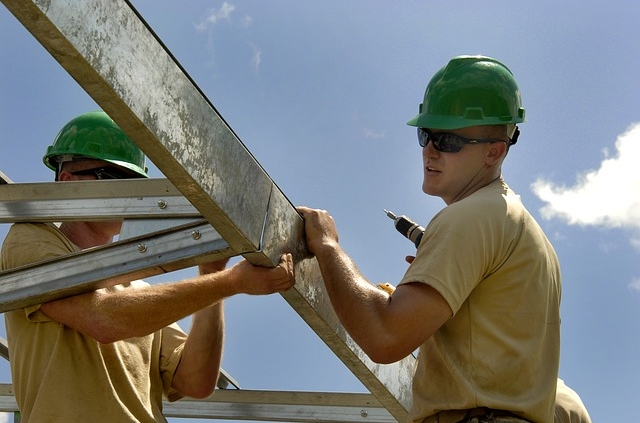Four Safety Rules On A House Lifting Site
When you think about the task of lifting a very heavy structure off its foundations, raising it up and replacing it onto new foundations, you might be able to imagine that this is no easy task. It requires professional expertise and experience that only comes from many years of doing this work and fine tuning the process so it can unfold as smoothly as possible.
Every site is different due to the location, condition of the ground and the design of the building, but there are some key safety rules that need to be factored into the planning process and followed for every lift.
Hazard Assessment by Authorised Professionals
One key factor that comes before anything physical happens is a complete hazard assessment of the area, including accounting for gas, electricity, water, sewerage and asbestos risks. This will mean inspections and planning in relation to disconnecting the appropriate pipes as needed, as well as planning for when they are to be reconnected. The hazard assessment will also need to factor in weather conditions, the stability of the structure that is to be moved, as well as that the ladders and fall protections are in place.
Appropriate Equipment
As you might imagine, it is important to ensure that all of the appropriate equipment is available and ready to be used. Workers (and anyone else who goes into the site) must be wearing appropriate personal protection equipment, which includes steel capped or safety boots that cover the toes and protect the feet. Long sleeves and gloves are worn to protect the arms when lifting items with sharp or rough edges.
Proper Lifting Techniques
The machinery for lifting the house including cranes, jacks, skid steer loaders and all other heavy-duty equipment must be maintained and used appropriately. Operators must have the appropriate training and expertise suitable for working in all conditions when using the equipment. Any work that is to be lifted by hand must be done according to safety standards, with appropriate equipment or staff to ensure that the load can be carried safely.
Blocking Materials
There must be adequate safety measures to ensure that the house is firmly secured in the event of a jack malfunctioning, with appropriate materials in place for holding the house in position until the new foundations are permanently secured. All precautions must be taken to ensure the safety of people who are on the site, as well as protecting the structure from slipping and becoming damaged in the process.
For any questions relating to safety please do contact one of our staff at Black & White Houseraising & Restumping and we can talk you through the whole process.



